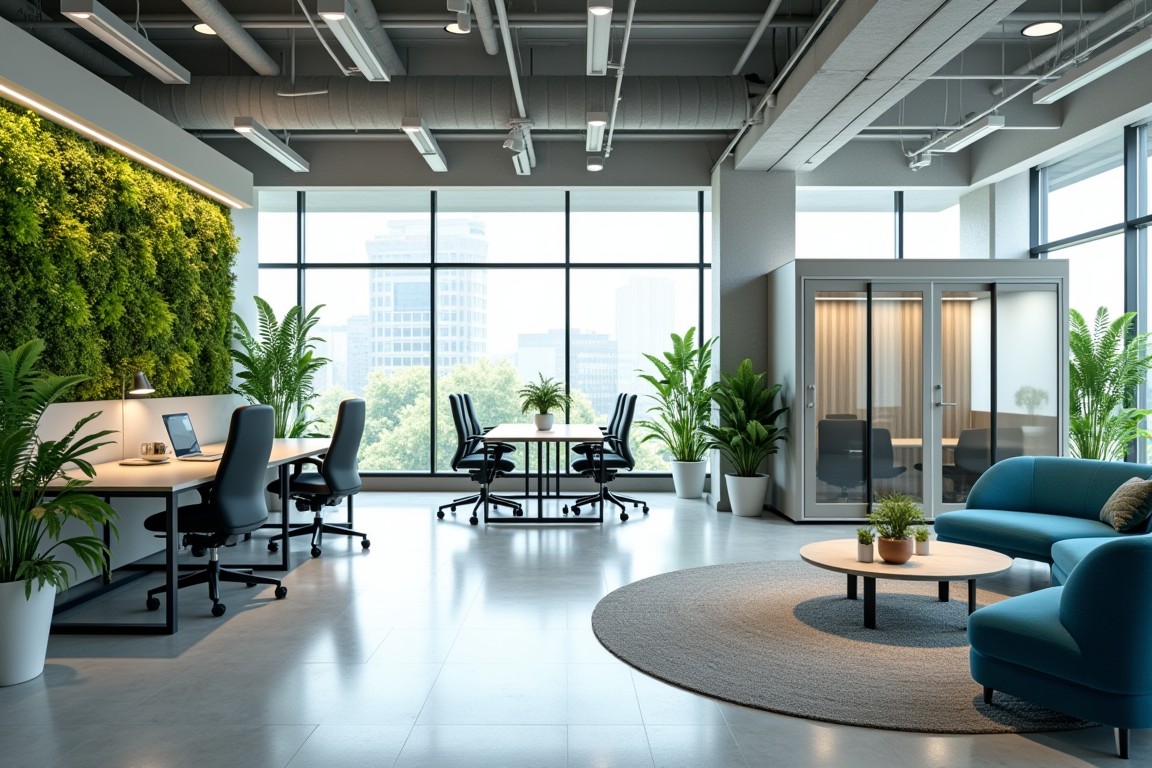Introduction: The Power of Office Interior Design
Office interior design isn’t just about aesthetics—it’s about creating a space where people thrive. A few years ago, I walked into a friend’s startup office, and the vibe hit me instantly: bright, open, and buzzing with energy. Plants cascaded from shelves, natural light poured in, and the furniture felt like it was made for movement. It wasn’t just a workspace; it was a place—one that made you want to roll up your sleeves and get creative. That’s the magic of great office design. It can turn a bland room into a productivity powerhouse or a cozy corner into a collaboration hub.
But here’s the thing: designing an office isn’t one-size-fits-all. It’s a blend of art and science, balancing style with function, and—crucially—reflecting your brand’s personality. In this guide, we’ll explore office interior design ideas that do just that. From comparing traditional and modern styles to uncovering key design insights, you’ll walk away with actionable tips to transform your workspace. Whether you’re revamping a corporate HQ or sprucing up your home office, let’s make your space work for you.
Why Office Interior Design Matters
A well-designed office isn’t just nice to look at—it’s a strategic asset. Here’s why:
- Boosts Productivity: A 2023 Workplace Design Study found that employees in thoughtfully designed offices are 16% more productive.
- Enhances Well-Being: Natural light and ergonomic furniture reduce stress and fatigue, per the American Psychological Association.
- Reflects Brand Identity: Your office is a physical extension of your brand. A sleek, modern space screams innovation; a cozy, eclectic one whispers creativity.
- Attracts Talent: In a competitive job market, a standout office can be a deciding factor for top talent.
I once worked in a dimly lit cubicle farm—let’s just say my creativity (and mood) took a nosedive. A redesign with better lighting and collaborative zones changed everything. It’s not magic; it’s design.
Traditional vs. Modern Office Design: A Comparison
Office design has evolved dramatically. Let’s break down the key differences between traditional and modern approaches:
| Aspect | Traditional Office Design | Modern Office Design |
|---|---|---|
| Layout | Cubicles, closed offices | Open-plan, flexible spaces |
| Furniture | Heavy, formal desks | Ergonomic, modular pieces |
| Color Scheme | Neutral, muted tones | Bold, vibrant colors |
| Lighting | Fluorescent, artificial | Natural, LED, task lighting |
| Technology | Wired, stationary | Wireless, mobile-friendly |
Traditional design leans on hierarchy and privacy, with rigid layouts and formal aesthetics. It’s great for focus but can feel stifling. Modern design, on the other hand, embraces flexibility, collaboration, and employee well-being. It’s dynamic but can be noisy if not managed well.
Which one’s better? It depends on your team and goals. A hybrid approach often works best—think private nooks within an open space. For more on blending styles, check out our 70s Interior Design Ideas.
Key Insights: Designing an Office That Works
Great office design is built on a few core principles. Here’s what to focus on:
1. Maximize Natural Light
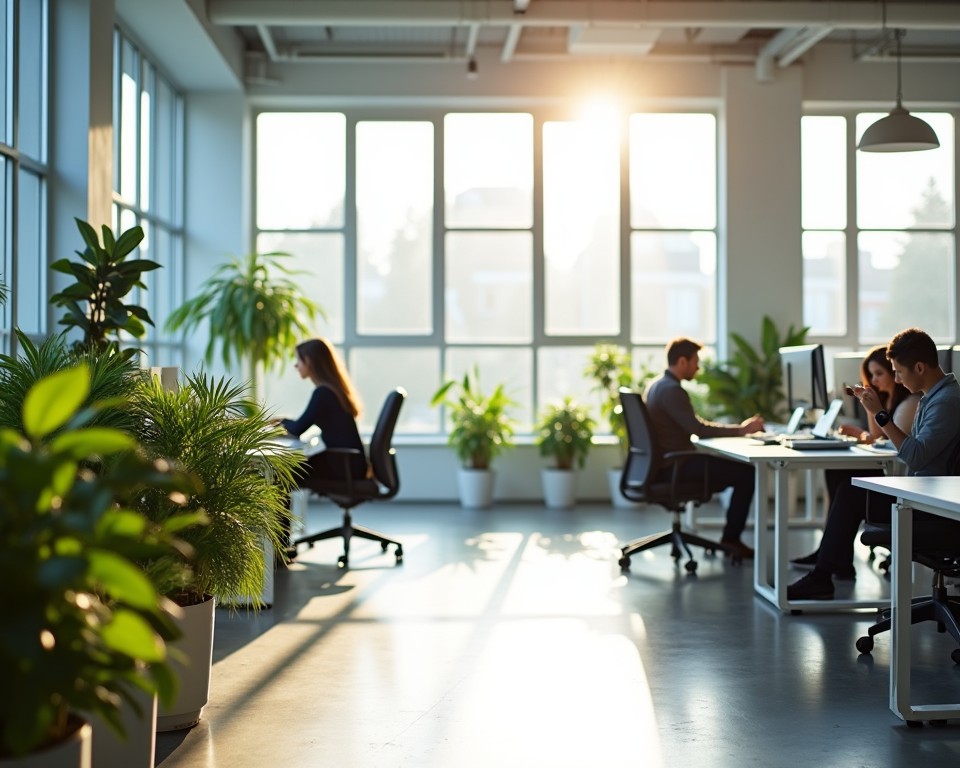
- Why: Boosts mood, energy, and productivity.
- How: Position desks near windows, use glass partitions, and avoid heavy blinds. I once swapped out bulky curtains for sheer ones—suddenly, the room felt twice as big.
2. Choose the Right Colors
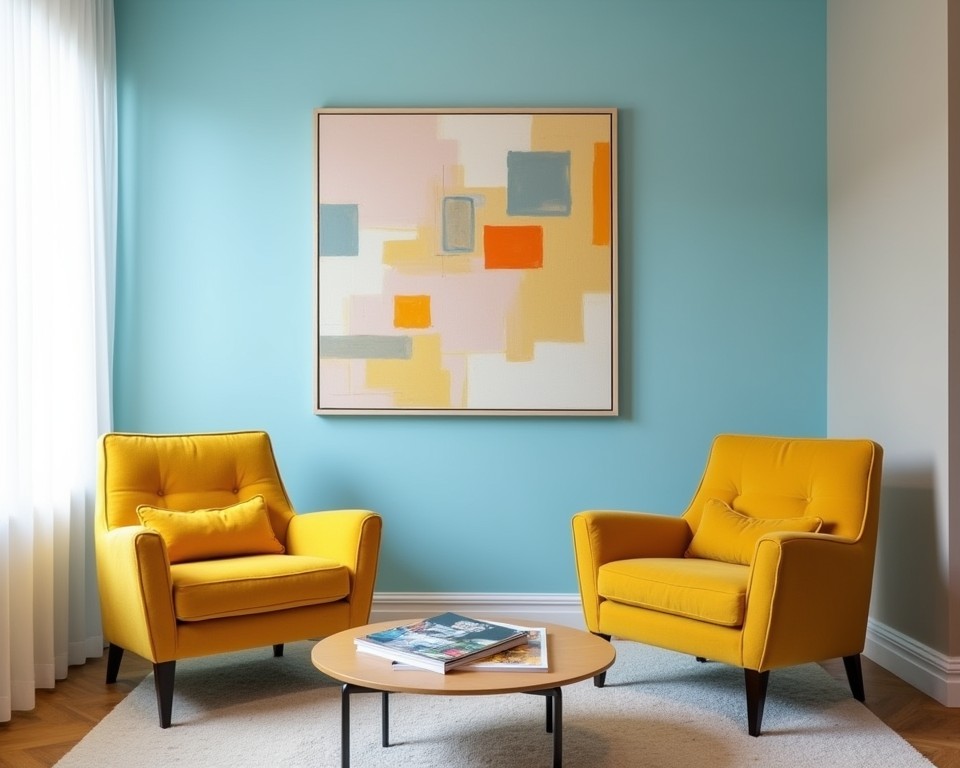
- Why: Colors influence behavior. Blue calms, yellow energizes, green inspires creativity.
- How: Use a neutral base with pops of color in accent walls or decor. Our Wall Decor Ideas can help you pick the perfect palette.
3. Invest in Ergonomic Furniture

- Why: Reduces strain and boosts comfort.
- How: Opt for adjustable chairs, standing desks, and monitor risers. A colleague of mine switched to a standing desk and swears it cured her back pain.
4. Incorporate Biophilic Design
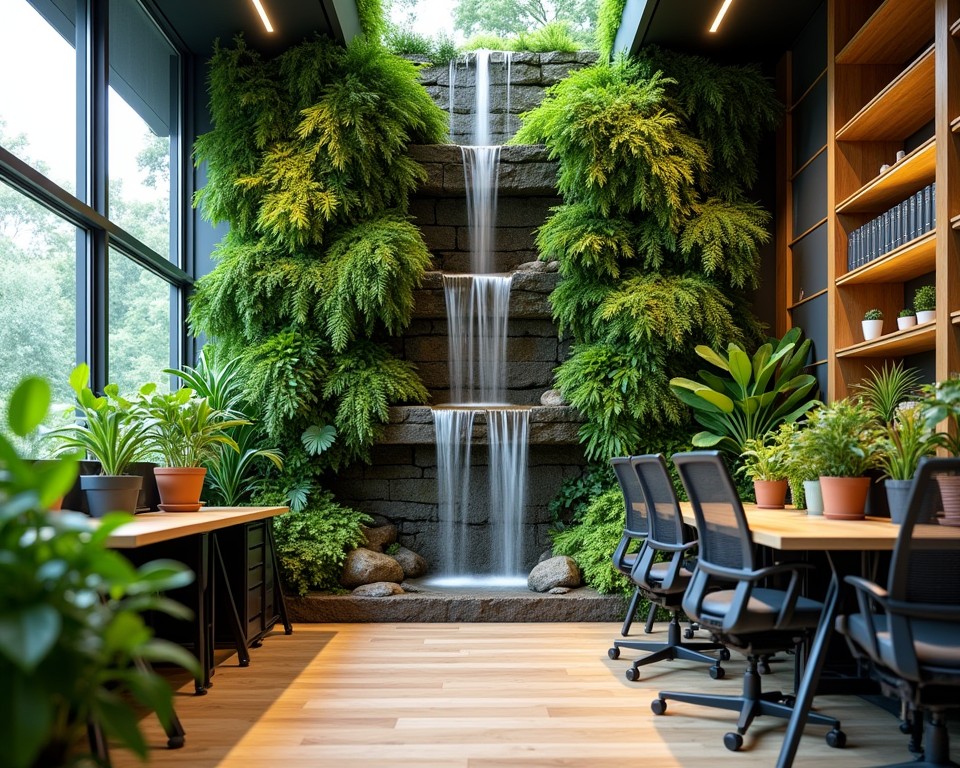
- Why: Plants and natural elements reduce stress and improve air quality.
- How: Add potted plants, living walls, or even a small indoor fountain. For tips, see our Green Garden Guide.
5. Create Flexible Spaces
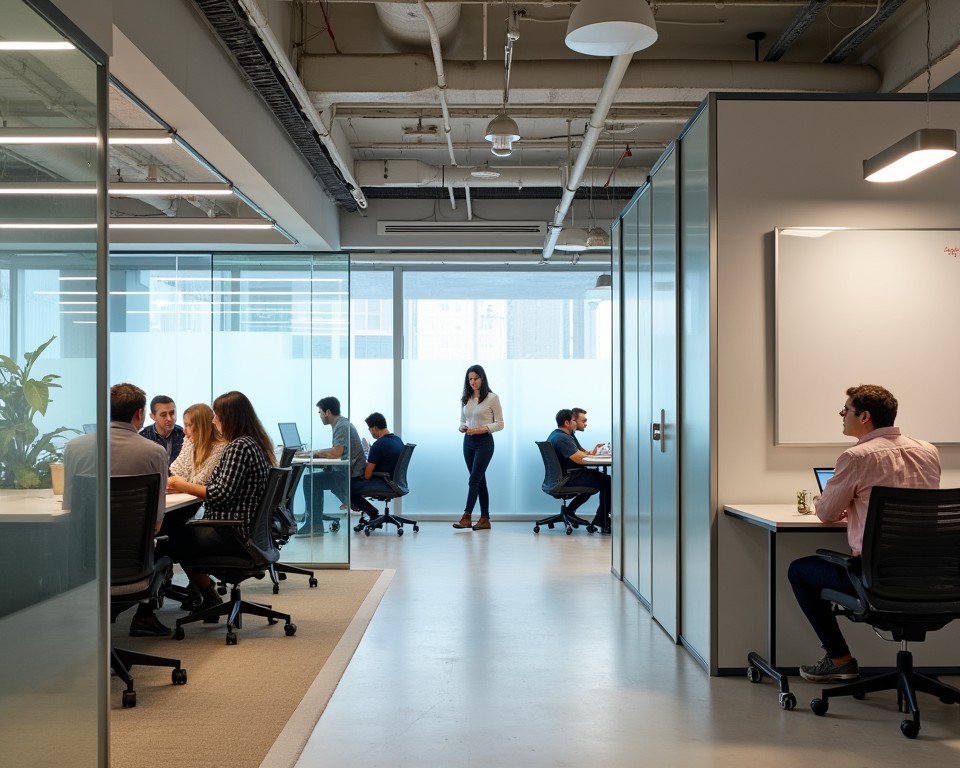
- Why: Supports different work styles—focus, collaboration, relaxation.
- How: Use movable partitions, lounge areas, and quiet pods. A flexible space can adapt as your team grows or shifts.
These aren’t just trends; they’re backed by science. A 2024 Office Design Report found that biophilic elements alone can increase well-being by 15%.
Sustainable Office Design: A Fresh Perspective
Sustainability isn’t just for homes—it’s reshaping offices too. Here’s how to green your workspace:
- Eco-Friendly Materials: Use recycled wood, low-VOC paints, and sustainable fabrics. Our Sustainable House Materials Guide has more.
- Energy Efficiency: Install LED lights, smart thermostats, and solar panels if possible. Small changes, big impact.
- Waste Reduction: Set up recycling stations and opt for reusable supplies. It’s a mindset shift, but it pays off.
I once visited a zero-waste office—compost bins, no plastic, and furniture made from reclaimed materials. It was a glimpse of the future, and it felt right. For more on sustainable living, explore our Zero Waste Guide.
Office Design Trends in 2025
The office of tomorrow is already here. Here’s what’s trending:
- Hybrid Workspaces: Blending remote and in-office needs with tech-friendly setups.
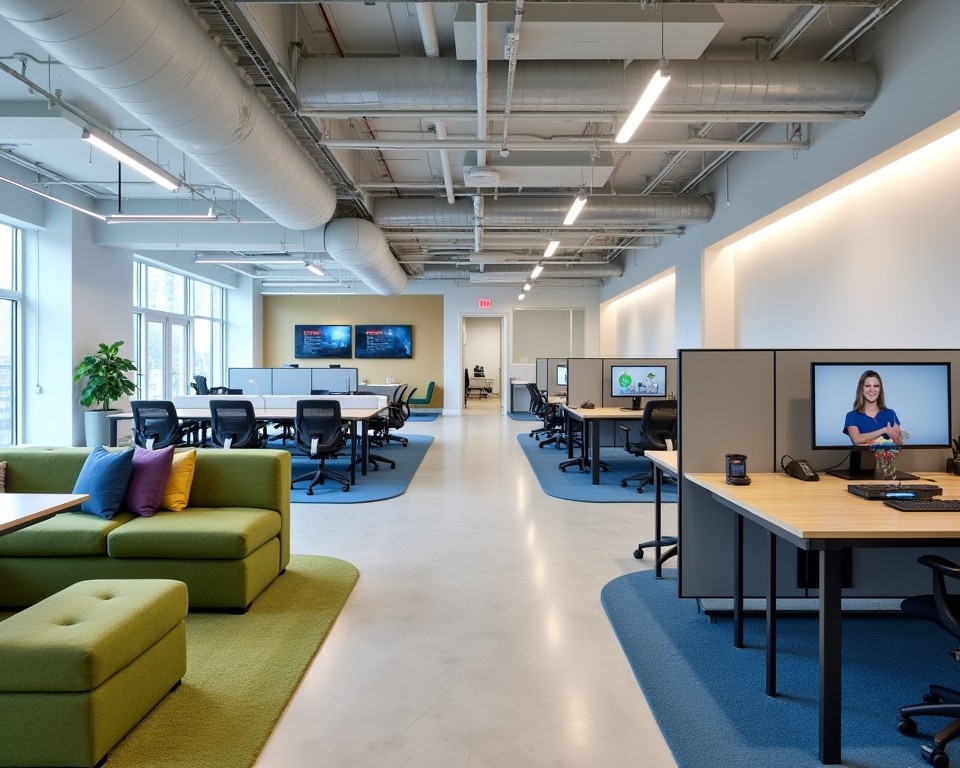
- Wellness Zones: Spaces for yoga, meditation, or naps—because mental health matters.
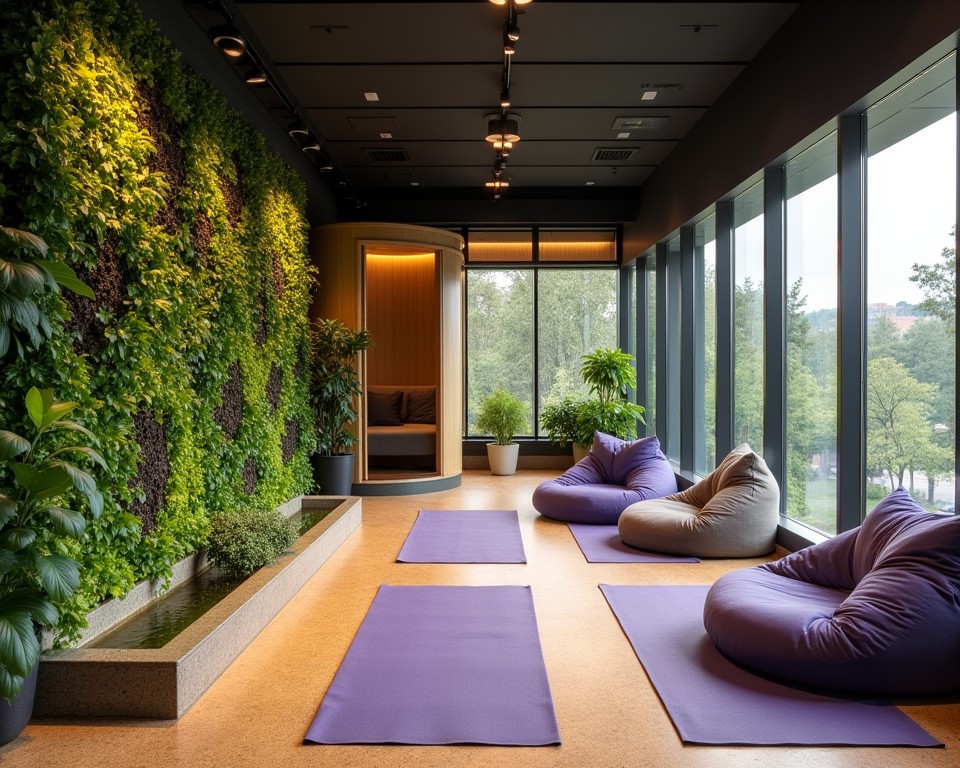
- Smart Offices: Voice-activated lights, AI-powered climate control, and more.
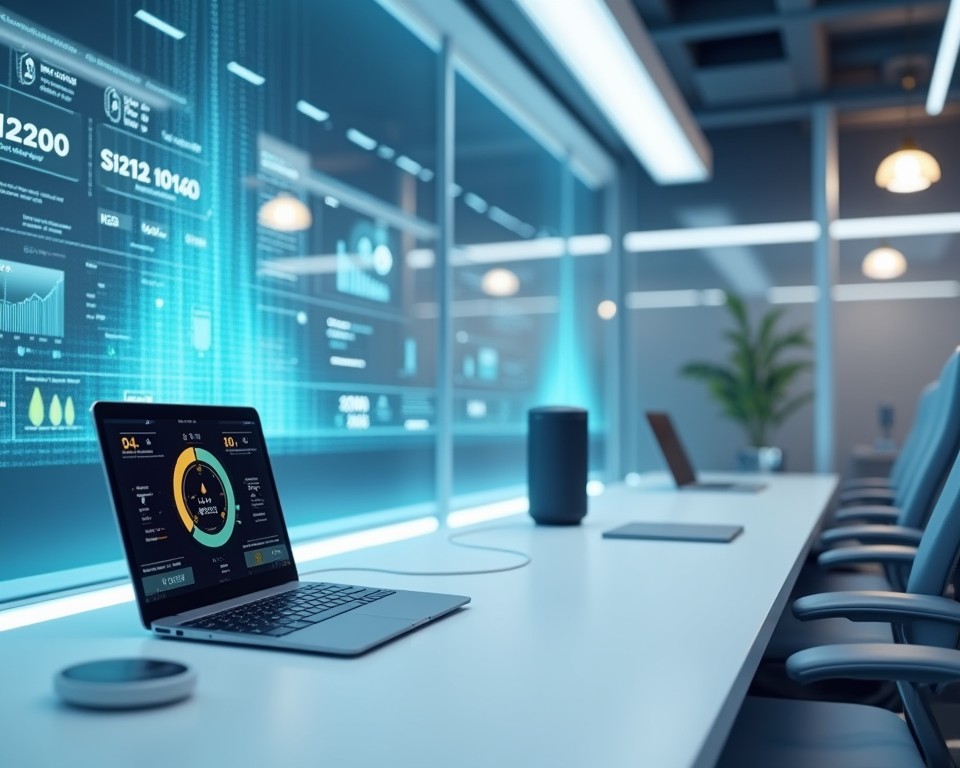
- Retro Vibes: Think 70s-inspired decor with a modern twist. Our 70s Interior Design Guide has inspo.
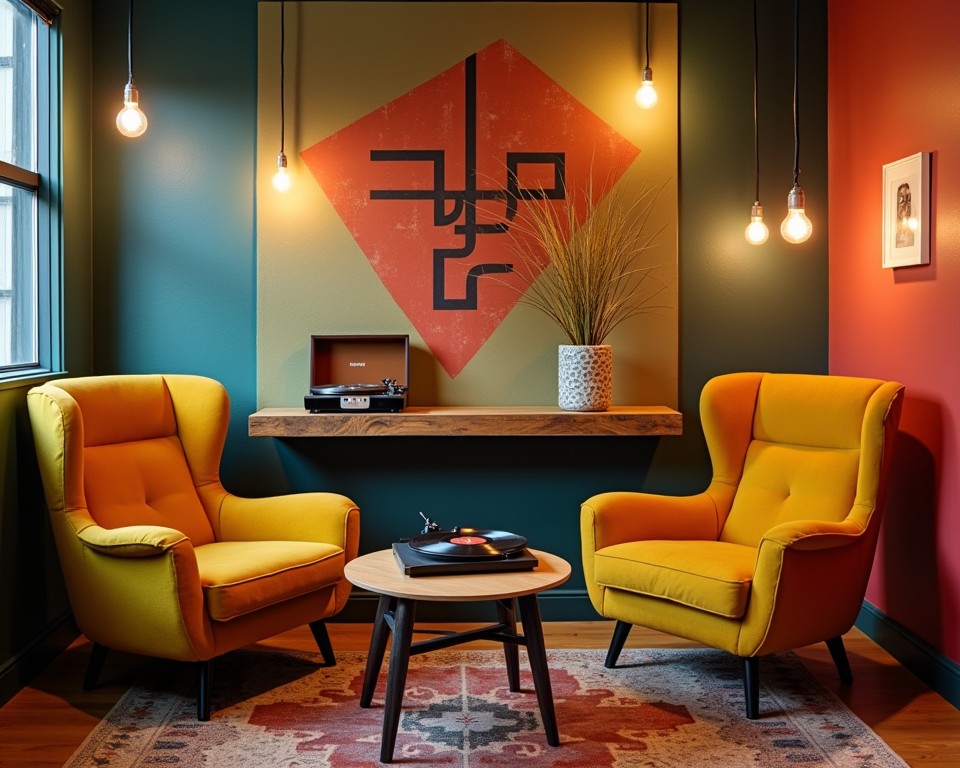
These trends aren’t just flashy—they’re shaping how we work and feel. For a deeper dive into future living, check out our Eco-Home Guide.
Designing for Different Office Types
Not all offices are created equal. Here’s how to tailor your design:
- Corporate HQ: Sleek, professional, with branded elements.
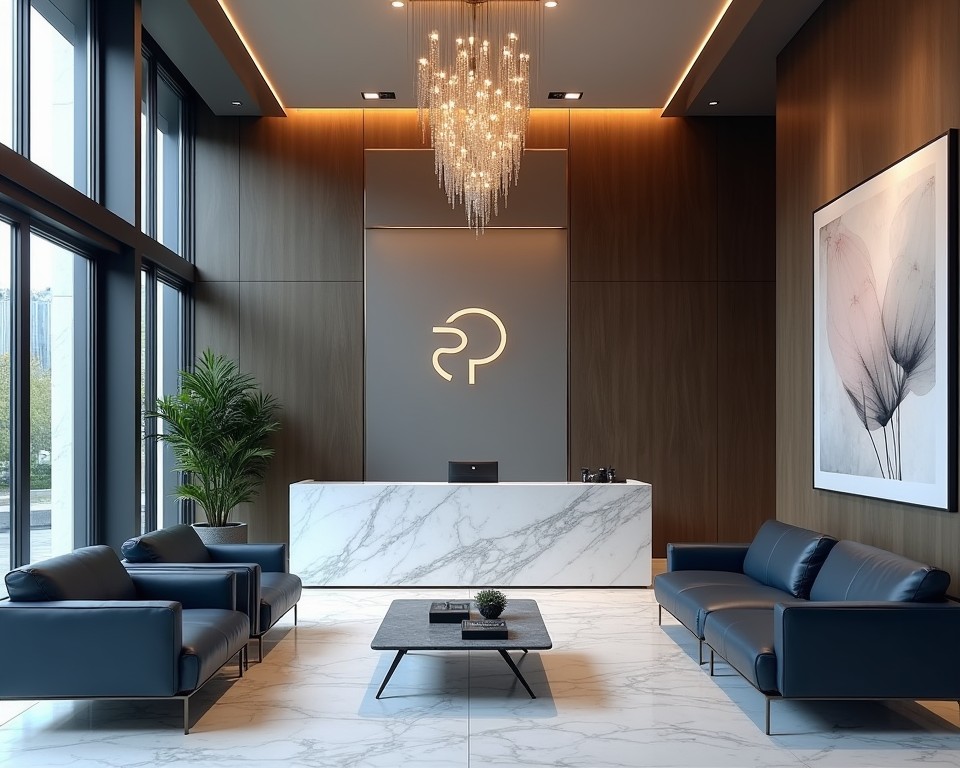
- Startup Space: Creative, flexible, with breakout zones.
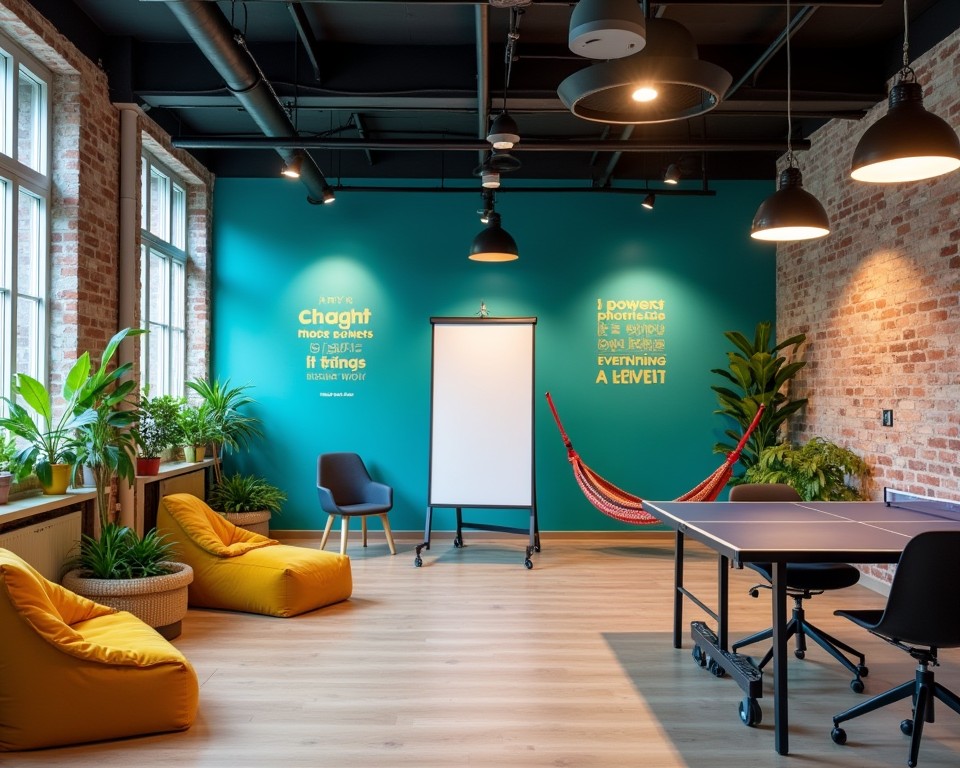
- Home Office: Cozy, functional, with personal touches. Our White House Interior Ideas can inspire a chic home workspace.
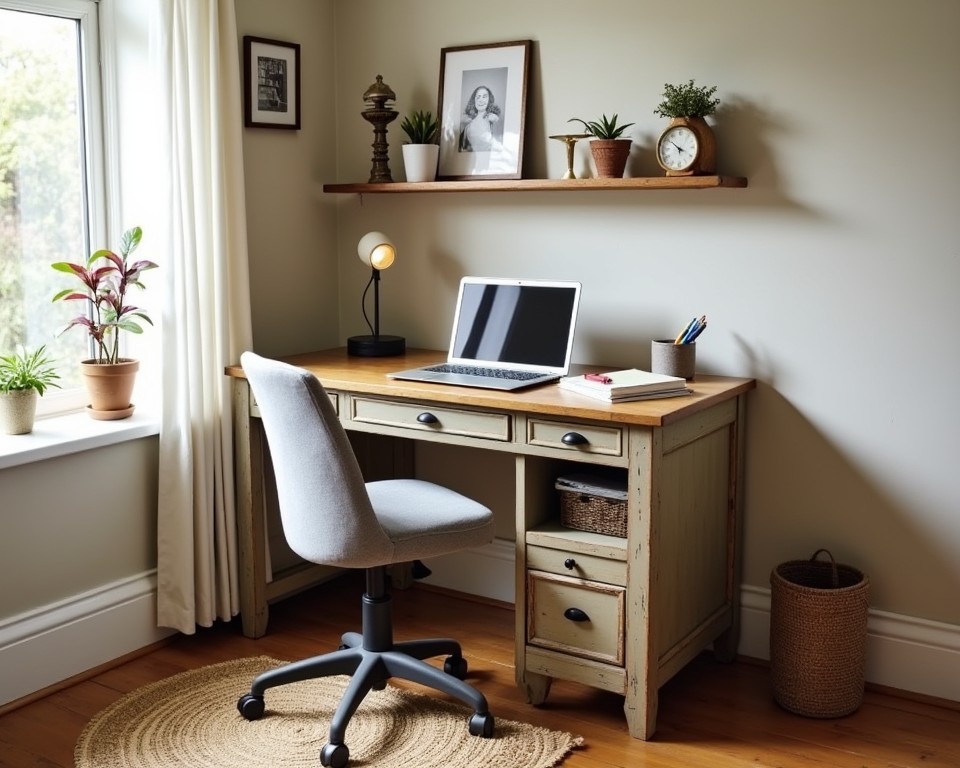
Each type has unique needs—find what fits yours.
The Impact of Office Design on Culture
Your office design speaks volumes about your company culture:
- Open Spaces: Foster collaboration and transparency.
- Private Offices: Signal hierarchy and focus.
- Lounge Areas: Encourage creativity and relaxation.
I once worked in a space with bean bags and a ping-pong table—it screamed “we value fun and innovation.” It’s not just decor; it’s a message.
Budget-Friendly Office Design Tips
Great design doesn’t have to drain your wallet. Try these:
- Thrifted Furniture: Unique pieces at a fraction of the cost.
- DIY Decor: Create your own art or upcycle old items.
- Minimalist Approach: Fewer, high-quality items can make a big impact.
For more budget-savvy ideas, see our Rain Gardens Guide.
Conclusion: Design Your Office, Design Your Future
Office interior design is more than a trend—it’s a tool for transformation. From boosting productivity to reflecting your brand’s soul, the right design can change how you work and feel. Whether you’re embracing biophilic elements or going full retro, remember: your office should inspire you. So, what’s your next move? Swap out that old chair, add a plant, or go bold with a color pop. The future of work is yours to design.
Got thoughts or questions? Drop them below or explore our Eco-Friendly Decor Ideas for more inspiration!
FAQ
What are the latest trends in office interior design?
Hybrid workspaces, wellness zones, smart tech, and retro vibes are hot in 2025.
How can I make my office more eco-friendly?
Use sustainable materials, energy-efficient lighting, and set up recycling stations. Small steps add up.
What are some budget-friendly office design ideas?
Thrifted furniture, DIY decor, and a minimalist approach can transform your space without breaking the bank.
How does office design affect productivity?
Thoughtful design—think natural light, ergonomic furniture, and flexible spaces—can boost focus, creativity, and well-being.

